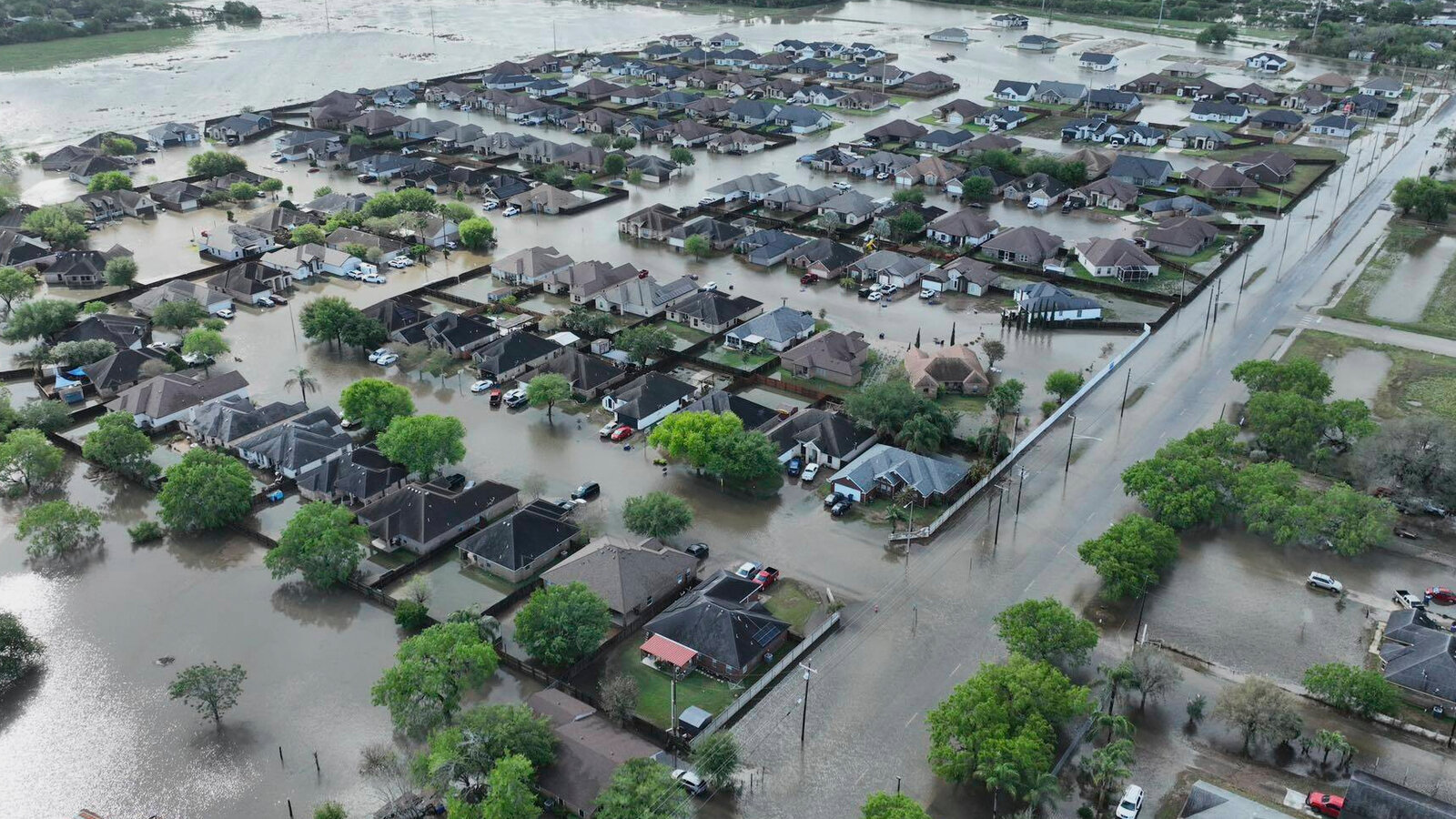Social Justice Policy Brief #176 | Valerie Henderson | August 1, 2025
The catastrophic July 2025 Central Texas floods left more than 135 people dead, including 27 children and staff members at Camp Mystic, a tragedy that has rocked the state and sparked a political firestorm. In the days following the disaster, Texas lawmakers publicly turned their ire toward Kerr County officials, accusing them of slow evacuations and communication failures. But behind the headlines and finger-pointing lies a harsher reality: Texas has systematically underfunded emergency preparedness, and local governments have been left scrambling with inadequate resources to face a crisis of this magnitude.
Analysis
The floodwaters that ripped through Kerr County were indiscriminate, but the failures that compounded the tragedy were entirely man-made. Hours after the first flood warnings were issued, children were still at the riverside camp, and county officials struggled to communicate with remote areas because siren systems and redundant communications had never been funded. While state leaders rushed to blame county officials for the delayed evacuations, those same counties have repeatedly been denied grants for flood mitigation projects and warning systems, labeled “low priority” by the state just months ago.
This disaster lays bare a dangerous pattern in Texas governance. For years, the legislature has championed austerity over readiness, cutting or diverting millions from disaster mitigation programs. Local officials, often in rural counties most vulnerable to flash flooding, have been left to do more with less, relying on outdated communication systems and volunteer-driven emergency response teams. When tragedy strikes, the state’s response is not to acknowledge its role but to deflect blame downward, portraying local mismanagement as the primary culprit.
The reality is that Texas has treated emergency preparedness as optional, and the cost has now been measured in children’s lives. Political deflection may satisfy the evening news cycle, but it does nothing to rebuild washed-out bridges, restore trust, or prevent the next tragedy. True accountability would start with the same lawmakers who cheered budget cuts while the risk of disaster grew year after year.
My Opinion
The July floods were not only a natural disaster they were the predictable outcome of deliberate policy choices. Children at Camp Mystic and dozens of other Texans paid the ultimate price for a political culture that values budget optics over human lives. Watching lawmakers blame Kerr County after they themselves stripped the state’s disaster readiness to the bone is not just disingenuous; it is cruel.
Texas deserves leaders who recognize that floods, fires, and hurricanes are not partisan issues and that disaster preparedness is not a luxury. Until the state prioritizes funding for mitigation, early warning systems, and rural response infrastructure, Texans will remain at risk and families will keep paying the price for politicians’ short-sighted decisions.
Engagement Resources
- Texas Division of Emergency Management (TDEM) – Provides flood recovery updates and information on state-level disaster resources.
https://tdem.texas.gov - Every Texan (Policy & Equity Watchdog) – Tracks how budgetary decisions affect vulnerable communities in Texas.
https://everytexan.org - Disaster Accountability Project – Advocates for transparent disaster planning and prevention nationwide.
https://www.disasteraccountability.org

